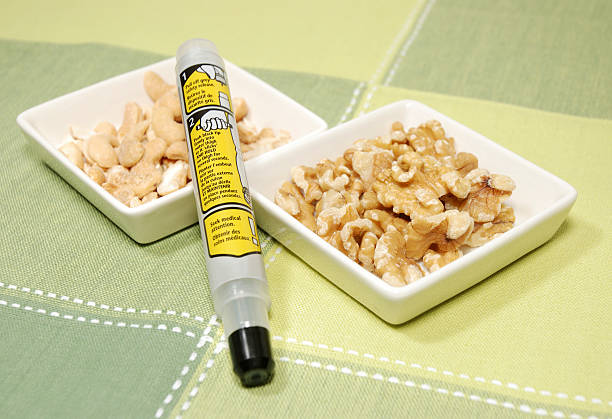By: Sahra Mohamed
Gone are the days when children freely shared their peanut butter and jelly sandwiches in the classroom. According to the Centers for Disease Control and Prevention (CDC), more than a quarter of U.S. adults and children have at least one allergy. In Western countries, allergies and asthma are becoming increasingly common, with anaphylaxis cases on the rise. People are developing life threatening allergies to a wide range of food groups. Many children experience airborne allergies as well and teachers must be prepared to act quickly, often using an epinephrine auto injector (EpiPen) in the case of an anaphylactic reaction. The National Library of Medicine reported that the most common food allergies in Canadian children include peanuts, tree nuts, cow’s milk, eggs, fruits, fish, and shellfish. As someone who has experienced a life threatening allergy and went into anaphylactic shock as a child, I strongly believe that schools and other institutions should take extra precautions. Certain foods should not be allowed in classrooms, as children may not fully understand the severity of their allergies. For example, if a child with a nut allergy accidentally eats a chocolate peanut butter bar in class, the consequences could be devastating.

Food Allergy Research and Education (FARE) states that 85 million Americans are living with life-threatening food allergies, and reactions are so frequent that someone is sent to the hospital every 3 minutes due to an allergic reaction. In fact, there has been a 377% increase in food allergies in recent decades. Given these staggering statistics, it is essential to consider the safety of all students in schools.So, the next time you send your child to school, think about the safety of others. If your child doesn’t have allergies, you wouldn’t want anyone to suffer due to something as simple as a peanut butter and jelly sandwich.


Leave a Reply